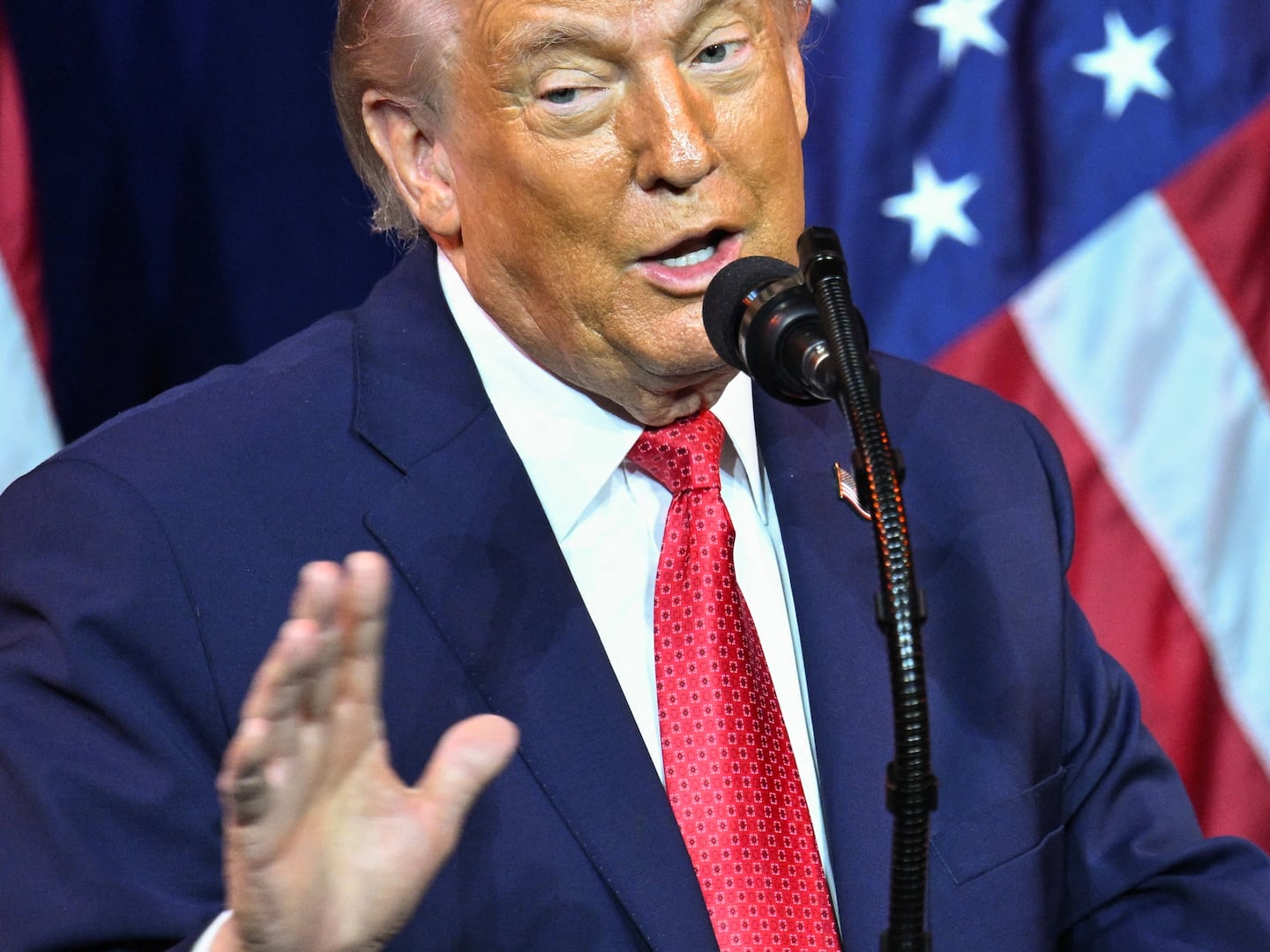One of the many ironies of being transgender is that, after coming out, “in” becomes the safest place to be: In your bedroom. In your apartment. Stick to your comfort zone and you avoid potential annoyance, harassment—even physical violence—but you end up seeing the paint on your own four walls and not much else.
Maybe that’s why traveling as a transgender person feels so incredible, despite all the hassles: Not only are you out as yourself, you are truly “out” in the fullest sense of the word, refusing to hide from a world that would often rather you stay out of sight.
The freest I have felt since coming out as a transgender woman wasn’t when I first started feeling the mood-lifting effects of hormone therapy, or when I woke up in the hospital after sex reassignment surgery—it was when I simply stood on top of a rock outcropping in the East Fjords of Iceland, listening to the Sveinstekksfoss waterfall plunge into a pool of glacier-blue water behind me. I was out, and I was out.
But it took years to get there.
In those first few awkward months after announcing that I was transgender, small road trips were the most I dared. Even then, I only felt safe if I meticulously Googled safe places to use the restroom along my route beforehand. North Carolina was still four years away from passing its infamous “bathroom bill,” but even before lawmakers began targeting the transgender community, I knew I had to be alert.
About a quarter of respondents to the U.S. Transgender Survey reported experiencing problems in a restroom—and I wasn’t eager to become part of that statistic if I could help it. In the process, I found bladder strength I didn’t know I had.
The first time I flew anywhere during transition, it was home to see my family for the first time since coming out. I was barely on hormones, and I hadn’t yet updated my driver’s license or my passport, so I had to decide what to tell the TSA agent at the podium.
In the end, I followed a tip I read online and printed out a TSA Notification Card [PDF] for people with disabilities and medical conditions. In the blank space on the card, I wrote, “I am transgender.” The agent looked me up and down, up and down, shifting his gaze back and forth between the card and my face—before waving me by without saying a word.
But something had to go wrong that day, and it did: The airline ended up misplacing my luggage, which held what little makeup I had collected up to that point, along with all of my clothes. I spent much of the next day in an oversized pajama shirt from the top drawer of my childhood dresser, using a stray lipstick for blush—not exactly the kind of debut I wanted to make at home. I have never been more relieved to recover a bag.
I thought I would take a break from flying for a little bit after that experience—but then I got into a long-distance relationship with the woman who would become my wife. I lived in Atlanta, she lived in New York, and I scraped together money from my tiny graduate school stipend to visit her as often as I could.
The good news was that I had been able to update the gender marker on my U.S. passport with a note from my physician, all thanks to a crucial 2010 policy that many transgender people fear could now be rescinded or altered by the Trump administration.
The bad news was that I still had to deal with busy airport security lines once a month. Horror stories about transgender people’s experiences with TSA had not yet drawn major media attention—and it wasn’t until 2015 that the agency pledged under public pressure to retrain its officers to be more sensitive.
At the time, all I knew was that I had a choice between the body scanner, which would display my genitals as an “anomaly,” and a pat-down, with all the discomfort that entailed. I chose the pat-down every time, because it lowered my risk of being outed.
Practically, what that meant was that I had to arrive at the airport even earlier: On busy days, I sometimes waited up to 30 minutes for a female officer to be available for an enhanced screening.
TSA agents, in my experience, do not like “opt-outs” because it interrupts their workflow. More than once, agents tried to convince me that the body scanner wasn’t all that bad; they would tell me about how little radiation it emitted, and about how it was comparable to a cell phone. I obviously couldn’t tell them the real reason why I didn’t want to walk through their Very Safe Machine, so I just had to deal with the eye rolls and sighs that followed when I assured them I wanted to wait.
Only once in that year of long-distance visits did I end up in a private screening room having to explain to a uniformed stranger that I was transgender and that I hadn’t had The Surgery yet—but given some of the other stories out there about transgender passengers being downright humiliated, I count myself lucky that I never had to endure anything worse than that.
For the most part, my pat-downs went smoothly—although if I were still requesting them, and if I hadn’t gotten sex reassignment surgery, I would be wary of the TSA’s new and more, shall we say, thorough pat-downs. (As the Washington Post reported last year after the shift, transgender people are less than thrilled with the agency’s “more aggressive and uniform policy.”)
The truth is that the medical treatments I was privileged enough to access dramatically improved my travel experience. Hormones started to change my appearance. And after my surgery, I only asked for one more pat-down, just for the principle of the thing.
Then, the next time I flew, my partner and I were running late and we couldn’t afford to wait longer in security. I took advantage of the fact that my genitals would no longer be considered anomalous, hopped in the machine, and soaked up some microwave rays.
Traveling while transgender isn’t just about getting through airports, it’s also about where you choose to fly.
After leaving graduate school and acquiring a livable salary, opportunities for international travel began to open up. My cisgender wife, who had spent a month living in Spain during college, was eager to explore the world with me. I, at age 27, had left the country only a few times to go to, of course, Canada—mostly to Niagara Falls.
Maybe it was growing up feeling like an alien in my own body, but the concept of going abroad still frightened me. I hated the thought of travel being any more disorienting than it already was. Vacations, I insisted, were meant to be relaxing.
Iceland was our compromise. The North Atlantic nation was a pioneer on transgender rights, passing discrimination protections in 2012. Same-sex marriage has also been legal there since 2010, thanks to a unanimous vote from the country’s parliament.
In other words, it was perhaps the safest possible international travel destination for myself (and for my wife) but it also offered plenty of adventure, too: glaciers, black sand beaches, and, of course, waterfalls on waterfalls on waterfalls. I fell in love.
I think it was on the third day of our vacation, as I drove our little rented Kia Soul on the Ring Road around the tight curves of the breathtaking East Fjords, that I told my wife I wanted more. I wanted to circle the globe with her—and I felt foolish for dragging my feet up to that point.
Later that night, we drank hot cocoa and fell asleep in a small cottage overlooking the jagged coastline. The next morning, I pulled out my phone and looked at the blue dot on the map, marveling at just how far we were from home.
Since then, we have been to a small handful of countries together. Like many millennials, we spend a perhaps ill-advised fraction of our combined income on travel.
But unlike most millennials, I spend a lot of time on the website for the Bureau of Consular Affairs, looking up potential international destinations, and reading under the “special circumstances” heading where the State Department keeps information for LGBT travelers. That research process plays a critical role in our travel decisions.
For instance, my wife wanted to visit Brazil recently but the Bureau of Consular Affairs website warns that “violence” and “hate killings” there remain “a serious concern.”
Although my wife was right that, as a white American, I wouldn’t face a high risk in Rio de Janeiro—perhaps no more than I would be here in the United States, where anti-transgender disproportionately affects transgender women of color—I insisted that we go somewhere where the worry wouldn’t even be in the corner of my mind.
She chose neighboring Argentina instead, where there are no specific State Department warnings for LGBT travelers. We had an unforgettable experience watching contemporary opera at Teatro Colón in Buenos Aires, riding a ski lift in the mountains of Bariloche, and eating more red meat in one week than we ever have in our lives.
I am enormously conscious of the fact that however mildly restricted I am in where I choose to travel, I am privileged to even be able to walk out my front door. Because of my race and class, I am not at high risk for assault or murder. Because I found full-time work after graduate school, I have enough money to go somewhere unique most years.
Consider, by contrast, that fifteen percent of respondents to the U.S. Transgender Survey reported being unemployed, and 29 percent said they were living in poverty. Those figures are both multiple times higher than they are for the general population.
The rampant discrimination that transgender people face at home prevents too many of us from being able to afford traveling abroad. The Trump administration, after all, is still trying to stop the largest employer of transgender people in the country—the U.S. military—from, well, employing transgender people.
Anti-transgender groups and politicians don’t want transgender people to exist, let alone allow us to lead lead pleasure-filled lives as gainfully employed globetrotters.
The real goal of “bathroom bills,” as Orange is the New Black star Laverne Cox reminded us, wasn’t just to keep us out of restrooms, but to stop us from “existing in public space” altogether—and there is perhaps no act that requires one to inhabit space more publicly than does travel.
Due to a recent leaked memo from the Department Health and Human Services, I am now concerned that the federal government could soon decide not only that we shouldn’t have rights, but that we aren’t even real.
I want to see the rest of the world. But more than anything, I hope I live to see a world where all transgender people can taste the same freedoms I have started to feel.







